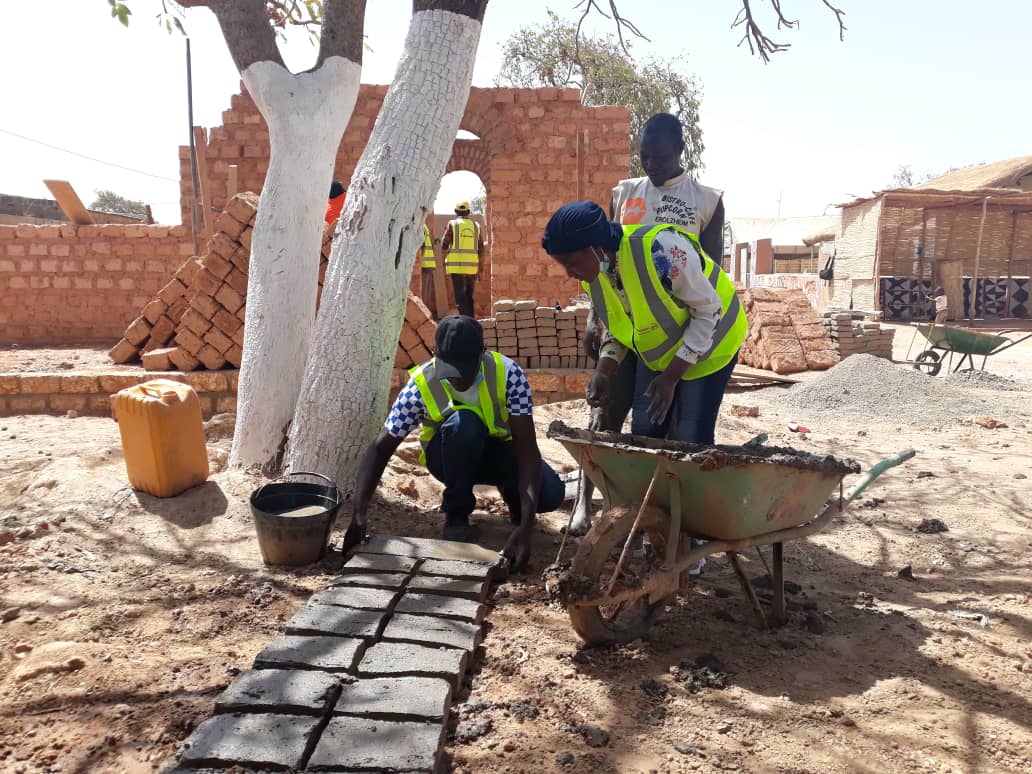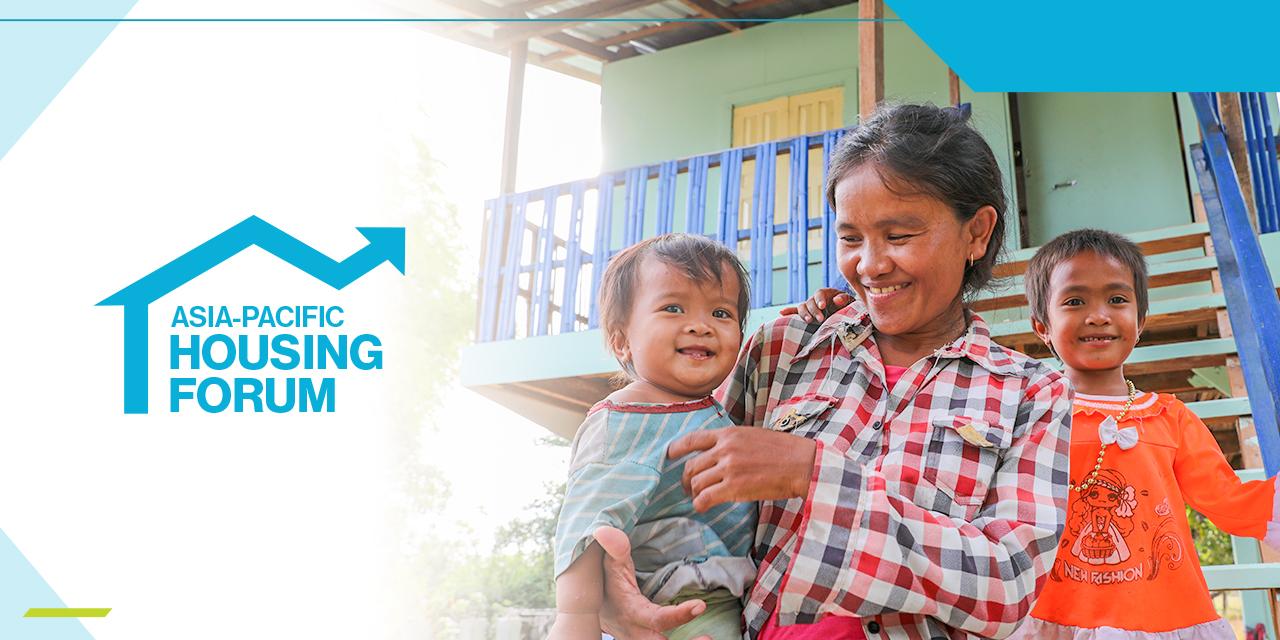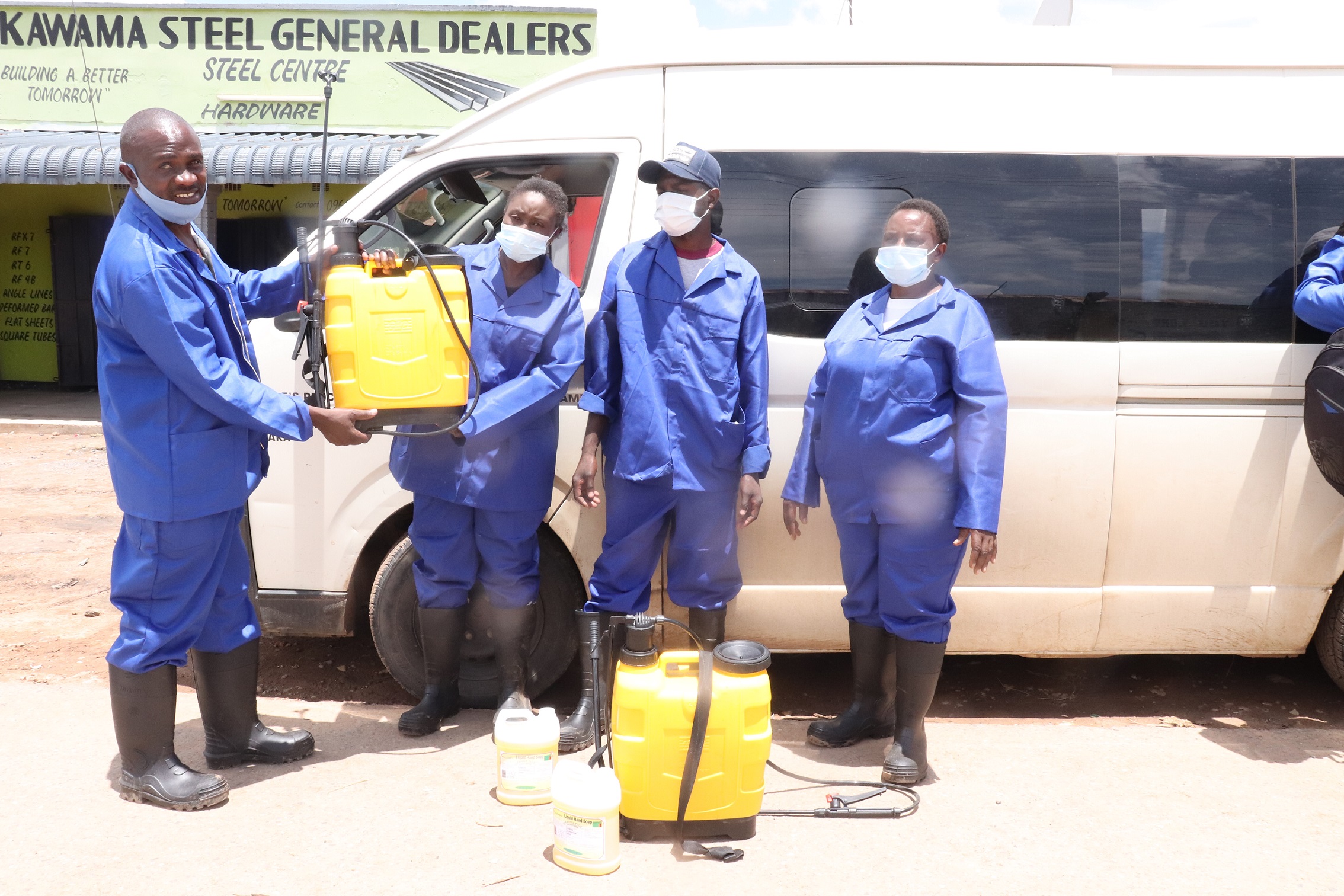By Dr. Renu Khosla*, Director, Centre for Urban and Regional Excellence.
In February this year, at a webinar, William Cobbett, the outgoing Director of Cities Alliance asked our panel, “why, even after so many years, slum upgrading is still to deliver scale?” The concern is valid – if slum upgrading is so beneficial, why are governments unconvinced? What deters them? Or are we, as Einstein says, insanely doing the same thing over and over again and expecting different results?
In response to William’s concern, let me say, that slum upgrading has its limitations. Slum upgrading, to my mind, has overtones of paternalism, welfarism, and a top-down approach that otherises and is tenure-dependent. Slum integration on the other hand, is about changing the narrative beyond upgrading – pushing the boundaries.
Whereas upgrading is about improving access to basic urban services in-situ, slum integration is about inclusion, equality and building resilience.
In contrast, integration is a social goal that embodies the idea of participation, inclusion, equality, agency and sustainability without consideration of land. Cities that tenure, it is assumed, progress socially and economically. Adequate security of tenure is recognized as a pre-condition to levelling up. But has this become an easy way out? Does it let the state off the hook?
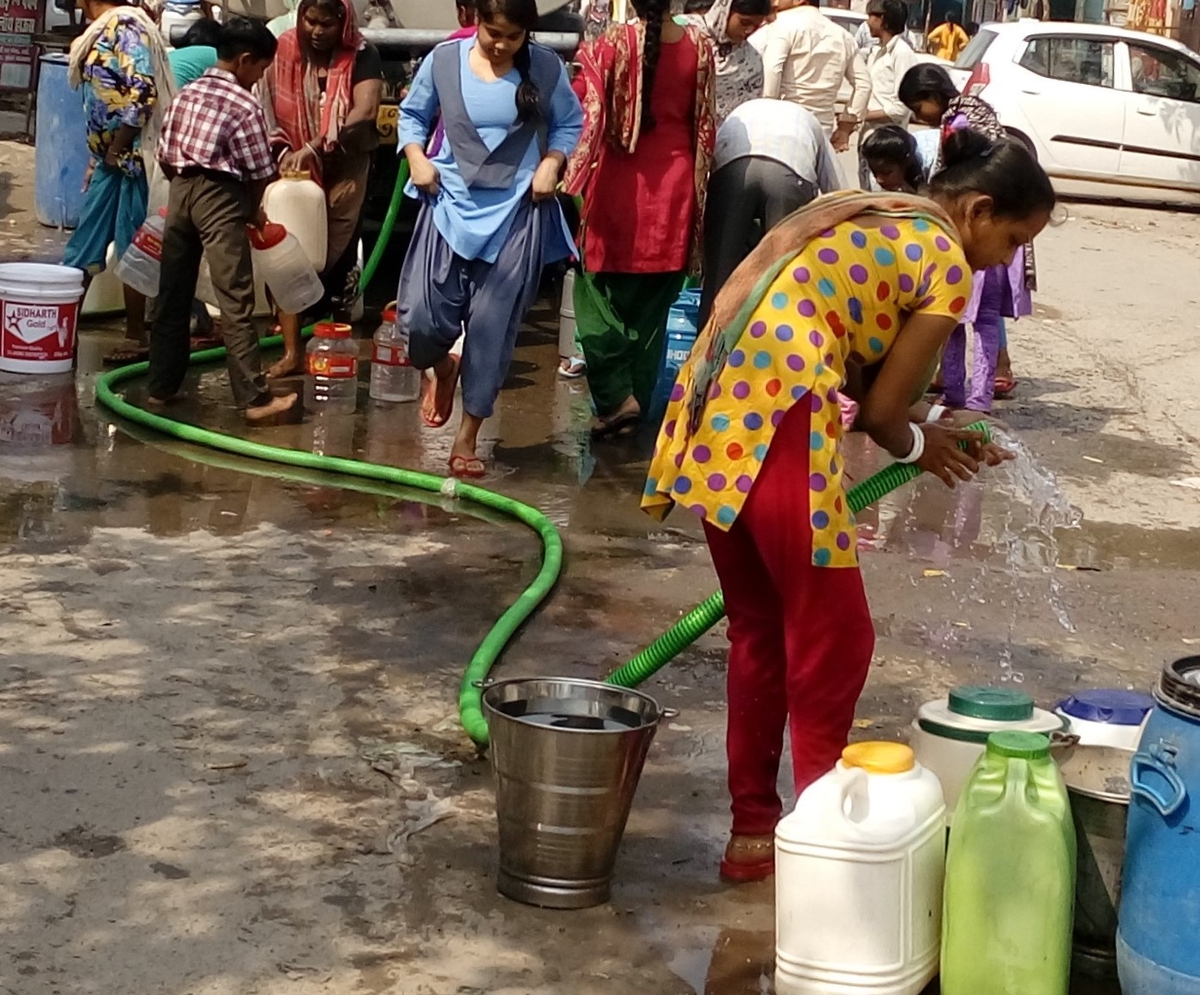
Slums are in bad geographies and on informally occupied lands. For the poor though, location matters - close to places of work, the poor choose wisely by sacrificing quality for income. Because land under slum occupation is un-owned, there is local resistance to invest in its improvement. This reluctance has stiffened as urban land values heat up.
With land being articulated as an instrument of financing, it no longer serves a social function. The poor are evicted from inner city pricey lands and housed at the city’s edges by way of resettlement. This has huge costs - to the city and to the poor.
To measure these costs, we - the Centre for Urban and Regional Excellence (CURE), a development organization based in New Delhi, India, did some basic math. We estimated the cost to the state to tenure and upgrade 13.7 million urban-slum households (or 377 million poor people as per Census, 2011). We also estimated the gains.
The two main costs to the state are the legislative, to tenure (not title), and the administrative, to implement the programme. Land values were not factored in - being notional, with many unknowns, and with slums only occupying less than 1% of inner city land. The cost to the state to tenure and upgrade all slum households was estimated at $340 million.
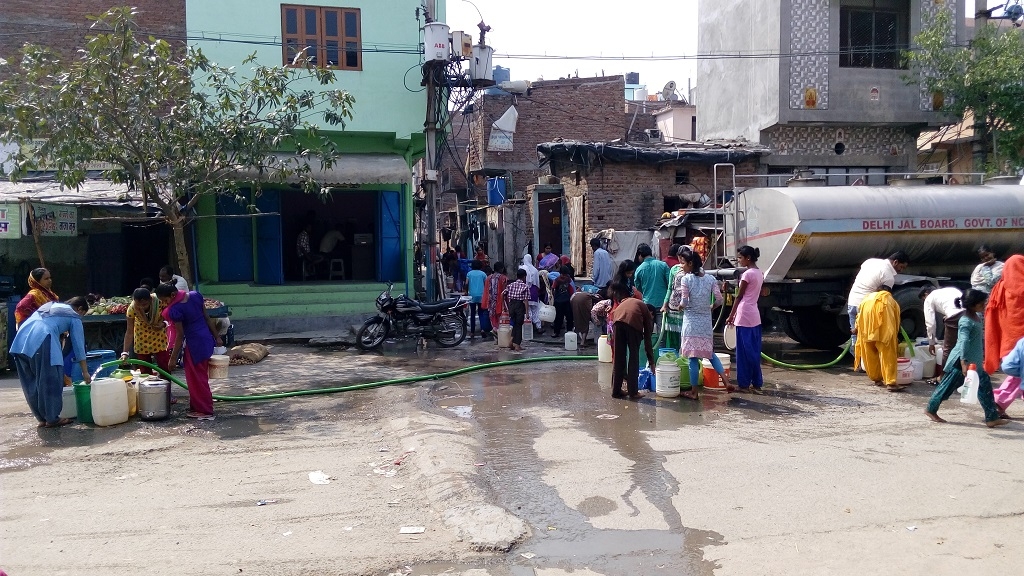
The reaped benefits included savings in extending sanitation, water, health and other social infrastructure to far-away relocated sites, stamp duty and tax collections from a formalized population, and enhanced productivity of women home-based workers and entrepreneurs. The earnings/savings of the state were a whopping $4 750 million – 14 times amplified.
The economic impact of resettling the poor far away from workplaces, despite the tentative tenure, was apocalyptic. Poverty deepened whatever way we counted – percentage of poor (5%), head count (from 0.32 to 0.37) or by the Gini coefficient (0.45 to 0.42) which measures the gap between the rich and the poor. The poor became poorer in their ‘tenure secure homes without trunk infrastructure’ compared to the non-relocated families. Eventually resettled households may catch up, but only after 3 painful years with another 2 years needed to pull away. The collateral damage can be seen in education and the gender gap – children permanently dropped out of school and women lost their jobs and agency. Besides, the city spent nearly twice the money to relocate with lower benefits.
Despite the clear advantage tenure security or titling is avoided.
This is primarily because of the complicated – almost impenetrable – bureaucratic and legal entanglements involved around land. At the same time, upgrading does not necessarily build equal, inclusive or sustainable cities. So, is there life beyond tenure security? Can non-tenure integration deliver better benefits? My experience says YES.
Integration is about inclusion - physical, social, economic and of agency. It can be nudged by integrational infrastructure, such as simplified sewer lines that network to the city’s trunk system or decentralized shared septic tanks, to give poor their own toilet experience; or by de-engineering water pipelines into organic settlements to deliver water in taps at home; or building water resilience through community rainwater harvesting systems that store good drinking water for water-less days. These are doable solutions and can be delivered without tenuring. They provide huge health and productivity benefits, dignity, voice, formality - while maintaining the location close to work. Over time, as wealth is created, people can be nudged into more formal housing.
Slum integration is therefore about changing the narrative from upgrading, which is usually exclusive, unsustainable, un-equalizing and un-resilient.
Despite their bad geographies, most informal settlements are tenable and with some un-thinking, innovative de-engineering and community engagement, they are integrate-able.
In a post-Covid world, cities will have less money, the poor will be poorer, and there will be many more of them. The urban poor are already working less, earning less, eating less and learning less. Poverty will be more desperate, more gendered and inter-generational. The crisis can help nurture a new culture of inclusion – of building communities that co-create and localize solutions to equalize and on-grid the poor. Cities can seize the opportunity to create the pathway to connect the plans of the community to the plans of the city. Cities must dare.
* The opinions expressed herein are solely those of the author and do not necessarily reflect the official views of Cities Alliance Secretariat, its members or UNOPS.
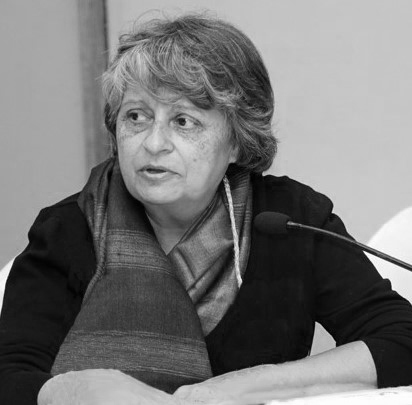
Renu Khosla



